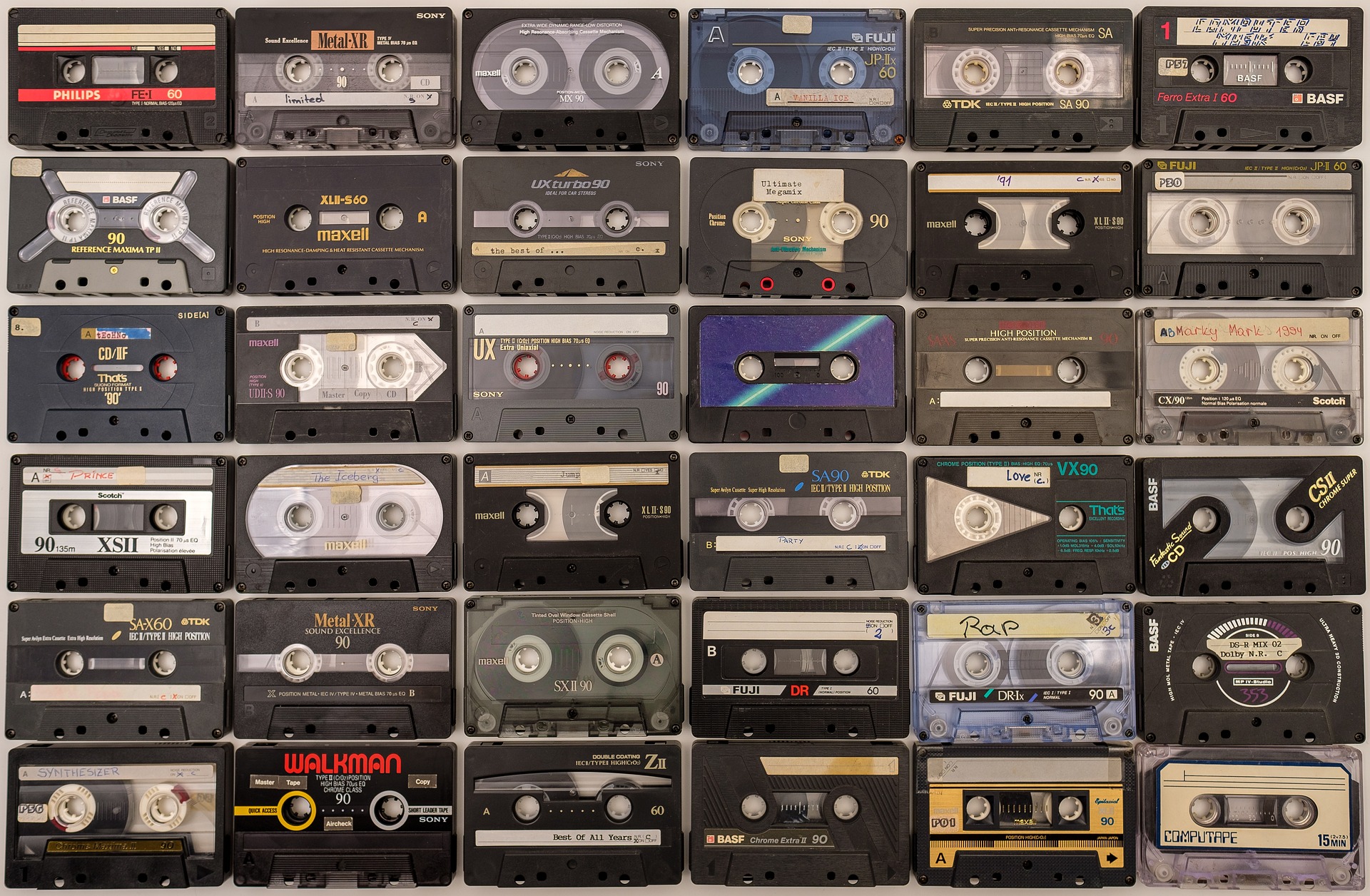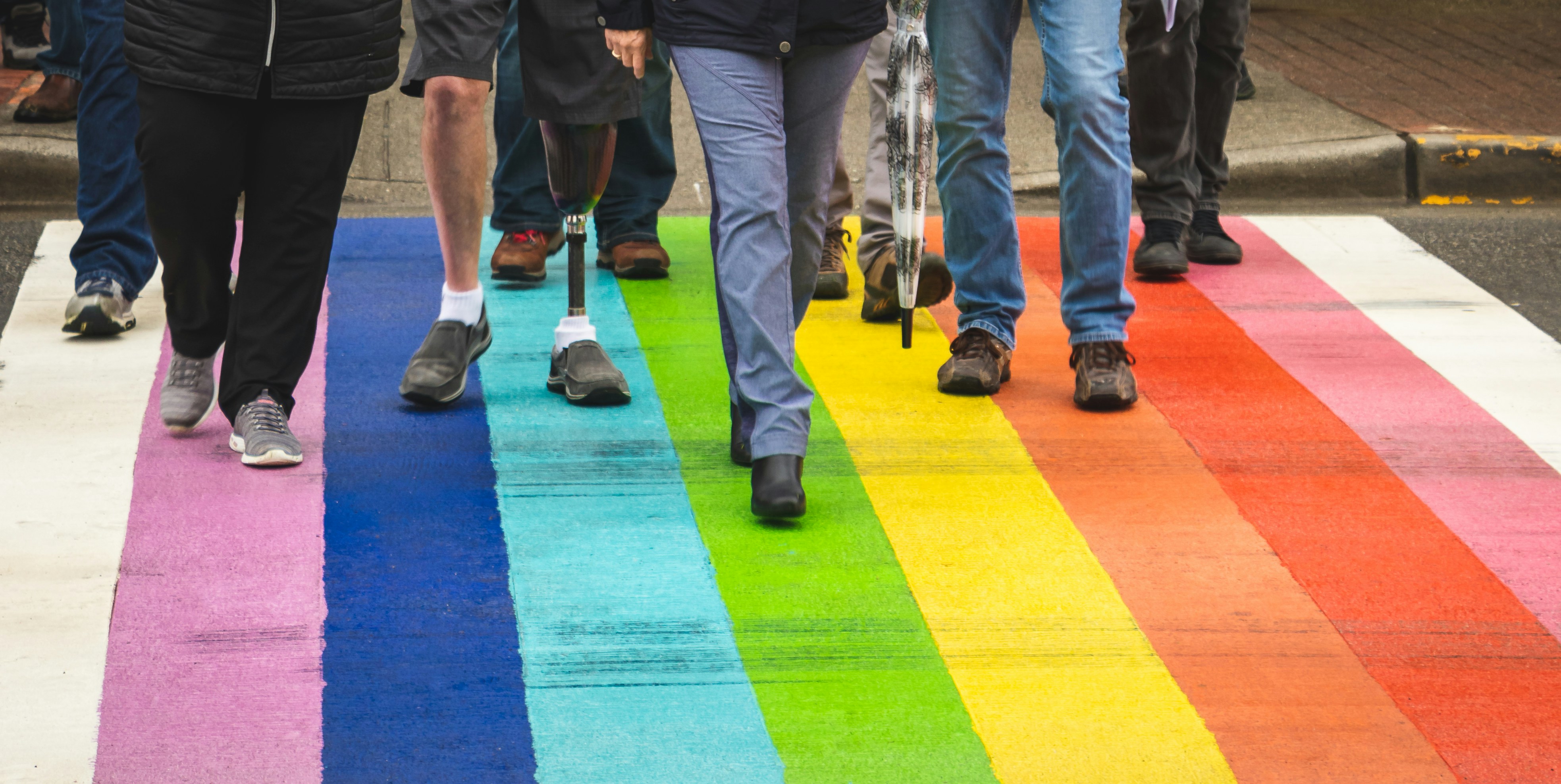Digital Artistry: The Intersection of Technology and Creativity
The world of art is continually evolving, and the newest frontier is digital. This article delves into the rise of digital artistry, its impact on the art world, and its significance in our technology-driven society. Digital artistry is a relatively new field that has gained momentum in the last two decades. It began in the 1960s when artists started experimenting with computers and technology to create art. This was a time when computers were still a novelty, and the idea of using them for artistic purposes was revolutionary. Over the years, as technology advanced, so did digital art. It evolved from simple pixelated images to complex 3D models and virtual reality experiences.
The Digital Art Boom
In recent years, digital art has exploded in popularity. This can be attributed to the rise of social media and the internet, which have provided platforms for digital artists to share their work with a global audience. Furthermore, advancements in technology have made digital art more accessible. Today, anyone with a computer and the right software can try their hand at digital artistry.
Impact and Significance
Digital art has had a significant impact on the art world. It has challenged traditional notions of art and pushed boundaries in terms of what can be considered art. Its significance lies in its ability to democratize art. Unlike traditional art forms, which often require expensive materials and years of training, digital art is accessible to anyone with a computer. This has opened up the world of art to a new generation of artists who might not have had the opportunity to create otherwise.
The Reception of Digital Art
Despite its impact, digital art has faced its share of criticism. Some critics argue that it lacks the authenticity and skill of traditional art forms. However, others contend that digital art requires a different set of skills and should be judged on its own merits. Regardless of the criticism, there’s no denying that digital art has carved out a space for itself in the art world.
The Future of Digital Art
As we move further into the digital age, the future of digital art looks promising. With the advent of technologies like virtual reality and augmented reality, the possibilities for digital art are endless. Furthermore, the recent rise of NFTs (non-fungible tokens) has given digital art a new level of value and legitimacy. It’s clear that digital art is not just a passing trend but a significant part of our cultural landscape.
In conclusion, digital artistry represents an exciting intersection of technology and creativity. It demonstrates how art can evolve and adapt to the changing times, while also opening up new possibilities for artistic expression. As we look to the future, it’s clear that digital art will continue to play a significant role in the art world.






